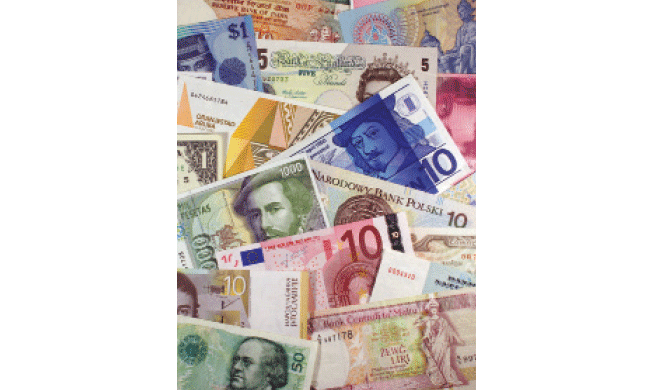 For roughly 900 years, paper money has been the staple of global commerce. Prior to that, shells, beads, jewels, or other trinkets qualified as legal tender, depending on a particular culture’s available resources. In 1996, Australia adopted polymer (plastic) banknotes, replacing tenured papyrus-based medium. Less than two decades later, the world is slowly following suit. Vietnam, Romania, New Zealand, Canada, and now Great Britain have each made the plastic to paper transition.
For roughly 900 years, paper money has been the staple of global commerce. Prior to that, shells, beads, jewels, or other trinkets qualified as legal tender, depending on a particular culture’s available resources. In 1996, Australia adopted polymer (plastic) banknotes, replacing tenured papyrus-based medium. Less than two decades later, the world is slowly following suit. Vietnam, Romania, New Zealand, Canada, and now Great Britain have each made the plastic to paper transition.
Security features incorporated into such currency make counterfeiting nearly impossible. And with two-and-a-half times the lifespan of paper money, polymer banknotes cost less to produce in the long run. Plus, informal tests by incredulous reporters have shown plastic bills are sufficiently durable to withstand an incident or two of domestic money laundering and still hold their value.














































